Trying to filter out the 50 Hz noise should be the last resort only, in part because your valid signal frequency range includes 50 Hz. Anything you do to reduce 50 Hz will distort your desired signal too.
The best answer is to design the analog front end to minimize the line frequency pickup in the first place. The 50 Hz is coming from capacitive coupling of the power line, which is all around the room. However, you are measuring the difference between voltages at several electrodes on the body, and the 50 Hz power line hum will be largely a common mode signal.
ECG front ends need to be extra squeaky clean about common mode elimination. This means full differential signal handling to well past 50 Hz, making sure each leg has the same impedance, using instrumentation amps with good common mode rejection, absolutely no ground reference for one side of the measurement, etc. The power line common mode noise can be many times the amplitude of the signals you are trying to pick up, so you really really have to wake up and pay attention to this issue.
Another thing most ECG systems do is to put a electrode on the leg opposite the heart, which is usually the right leg. This is used purely to pick up the common mode signal, amplified, and then it becomes sortof a floating ground reference for the first stage differential circuits until the differential signal can be amplified and its impedance lowered.
If you do all that right and you still have too much power line noise, then you can consider power line frequency reduction of the final signal. However, this is best done in software so that you can make the filter tight without running into analog component tolerances. That also allows you to measure the power line and make a filter synchronous to it. The resulting very tight notch will have less impact on the real signal than a analog filter with affordable parts. The analog filter has to be broader due to part tolerances alone to guarantee enough 50 Hz attenuation even if the center frequency is off a bit.
So in summary, in order of precedence you should attack the problem by
- Carefully design the analog front end for extra good common mode noise rejection.
- Carefully design the analog front end for extra good common mode noise rejection.
- Carefully design the analog front end for extra good common mode noise rejection.
- No, that's not good enough. Go back and fix your analog front end for better common mode noise rejection.
- Use a common mode pickup on the opposite leg to help cancel out common mode noise, then repeat from step 1.
- Eliminate the remaining power supply noise with a software filter synchronous to the power line.


